CARLISLE, PA – Inspired by the Le Mans-winning Fords of the mid-to-late '60s, the new GT is now 20 years old. My, how time flies at 200 mph! More than 60 years have passed since the racing debut of the Ford GT40, and nearly 60 years since the big-block Mark II scored the first of four consecutive Ford victories at Le Mans. Perhaps even more dizzying to contemplate, 2025 marks precisely 20 years since Ford released the GT40-inspired Ford GT. Accordingly, this year's Carlisle Ford Nationals celebrated the anniversary with a Special Display and special reunion style events showcasing all things GT and GT40.
We should pause here to emphasize that the supercar built in 2005-06 is a Ford GT, not a GT40. Ford never trademarked the GT40 designation, but in 1985 continuation builder Safir Engineering did, and since 1989 the trademark has belonged to Safir GT40 Spares of Cincinnati, Ohio. Ford briefly considered naming the '05-06 model GT44 – it is four inches taller than the original – but the simpler GT prevailed.
Often featured at the Carlisle Ford Nationals held each year during the first full weekend in June at the fairgrounds in Carlisle, Pennsylvania, returning to Carlisle for the Ford GT’s 20th birthday was only logical. Friday's soaking downpours and Saturday's scattered showers did little to dampen the Ford GT festivities here, as the Special Display of more than two dozen cars was about evenly divided between the Fairgrounds' roomy Building T and a large tent that had been pitched on the building's north side. It was in the tent, too, that “GT Joey” Limongelli, co-author (with Marcie A. Cipriani) of Around the World in a Ford GT, emceed a series of seminars featuring various GT and GT40 luminaries. These programs ran more-or-less continuously, both days, from 10 a.m. to 4 p.m.
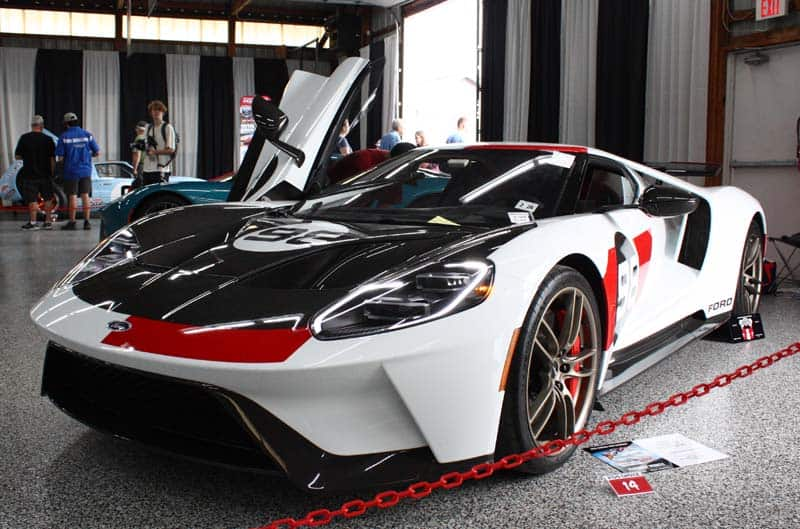
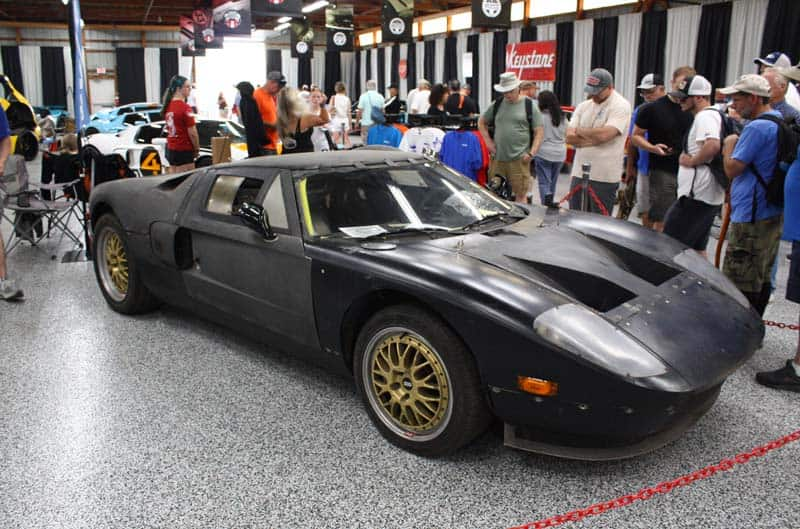
First up on Friday was Lee Holman, son of Holman & Moody co-founder John Holman, who recalled an interesting quirk of the 1966 Mark II: “At about 176 or 177, the air noise overcomes the exhaust noise and you'd think the engine had stopped. It was still running, it was still producing power, but you couldn't hear it. Dick Hutcheson said on the Mulsanne Straight at two in the morning, that was the only thing that kept you awake. The engine would quit, you'd get a pump of adrenaline, and you could do another lap.” (In fact, Hutcheson and co-driver Ronnie Bucknum completed over 347 laps to bring the Number 5 Ford home in third place.)
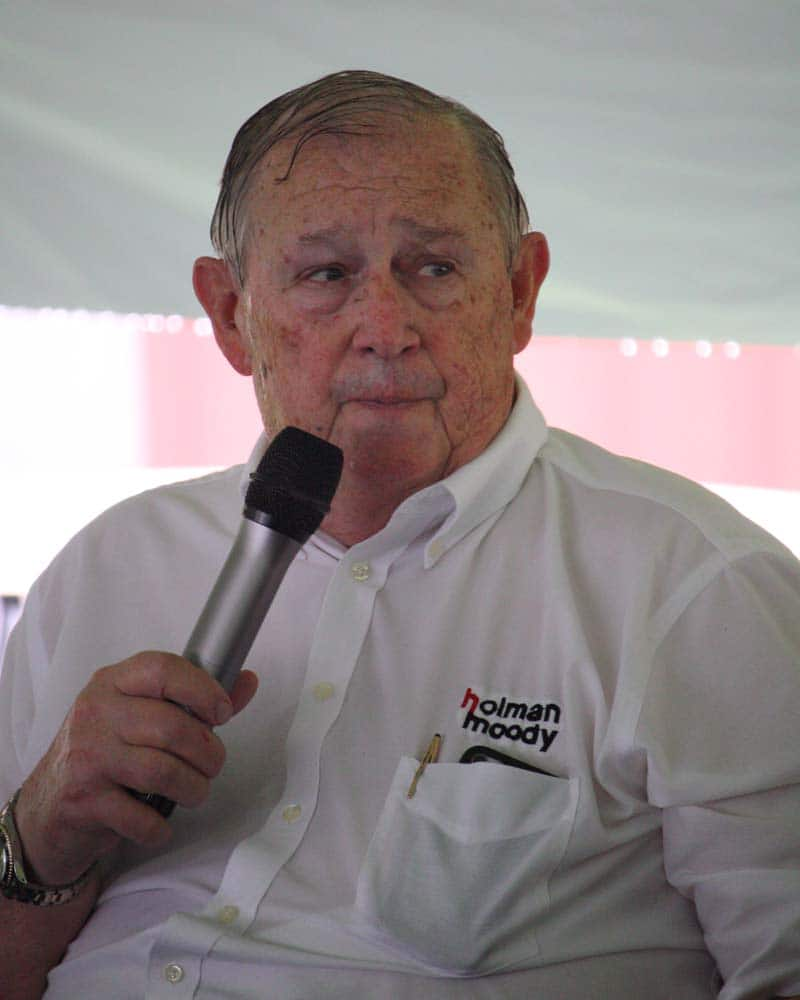
Holman credited Mark Donohue with several safety improvements to the Mark II, including moving the dry-sump oil tank from the front, above the driver's feet, to the engine bay in the rear. Donohue was also concerned by the car's unusual doors, which opened the roof, and suggested making the left-side door in two parts, so the lower part could be opened after a rollover. (Frustrated by a transmission failure in '66, Donohue would finish fourth at Le Mans in '67, co-driving the yellow Number 2 Mark IV with Bruce McLaren.)
Rich Brooks, a.k.a. “The GT Guy” and proprietor of The GT Garage, revealed the secrets of the nine pre-production prototypes – dubbed the “Workhorses” by the program engineers – used for testing and development in 2002-04. Brooks was involved hands-on with the Ford GT program at Roush Performance, and he brought Workhorse 5 to Carlisle for its public debut. (Of the nine Workhorses, only numbers 1, 3, 4, and 5 survive.) Used to evaluate heat protection, Workhorse 5 features a unique carbon-fiber inner structure, and was the first prototype assembled with a 5.4-liter engine, supplanting the 4.6 that powered Numbers 1 though 4.
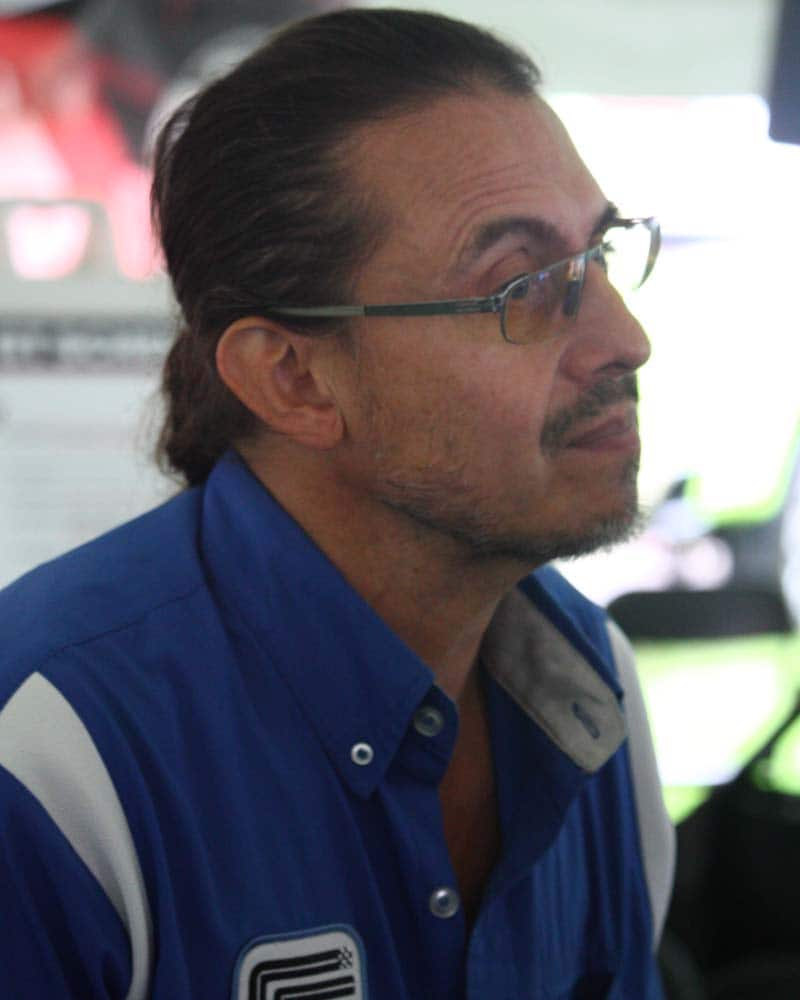
Steve Saleen of specialty builder Saleen Automotive recounted how Ford management approached him in January 2002, about developing a production car from the GT concept that had just been unveiled at the Detroit Auto Show. “We spent the month of February locked in our upstairs board room [evaluating] all aspects of taking the concept . . . into actual production, down to the finalization of what had to go into the engineering, what had to go into the end design, into paint, into dealer allocation, what engine should be in it.” he said. “Then, after we put it all together, we went back and made our presentation to Ford.”
Ford wanted the GT built within 50 miles of the company’s Dearborn HQ. Saleen renovated an empty building in Troy, Michigan, where he could assemble, paint, and partially trim rolling body/chassis units. “Then we put them in enclosed carriers and shipped them across town.” They went 36 miles to an SVT building at Ford’s Wixom Assembly Plant, where UAW personnel installed the engine and seats. “That allowed us to put on a Ford emblem, and a Ford window sticker . . . so it was a Ford product.”
Saleen remembered with particular pride the Troy paint shop, where workers in overalls, overshoes, caps and masks hand-rubbed the aluminum bodies with alcohol before a base coat was applied. On the paint line, each body was “followed by a dolly that had the front and rear fascias, the doors, the mirrors – everything laid in position as you would see it,” he explained. Even the stripes merited special attention. “We wanted to make sure that you would not feel where the center stripe ends and the paint begins. That meant we had to mask off and do a clear coat over that.” Saleen set up a “house of lights” where the paintwork was final-inspected for defects, “so we could actually have the perfect paint . . . [We] wanted it to be the perfect car.”
Chief Designer Camilo Pardo and Powertrain Leader Curt Hill rounded out the roster of the Friday speakers at Carlisle. Pardo returned to the tent's small dais on Saturday, along with former Ford VP Chris Theodore, former SVT Director John Coletti, and former Ford engineer Kip Ewing. Vying for attention in the tent was a stunning reproduction of the red 1967 Dan Gurney/A.J. Foyt Le Mans-winning Mark IV, presented by Mark Galiyano; but it was Galiyano's repro '67 GT40 that scored third place in the GT/GT40 class, as selected by fellow show participants. David Ziminski's 2005 GT was voted second, while Andy Bentick-Smith's 2005 collected not only the top prize, but also a Celebrity Pick callout from Carlisle Event Manager Ken Appell. Rex Myers' '06 was selected for another Celebrity Pick by designer Pardo.
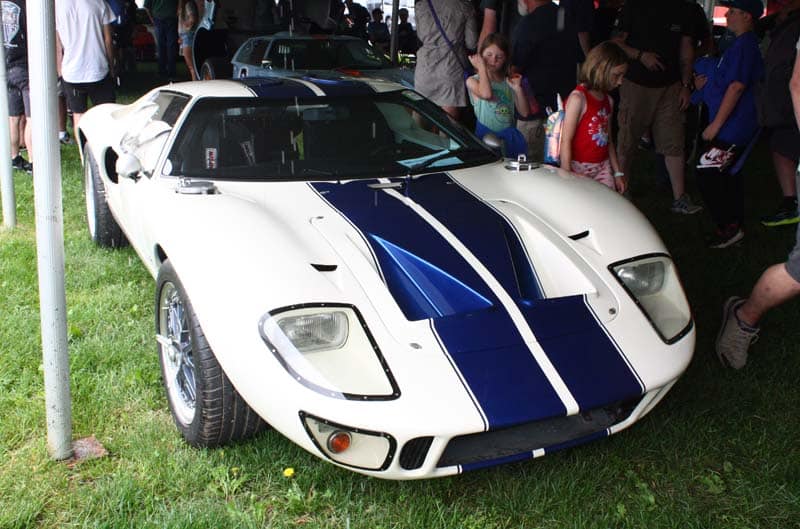
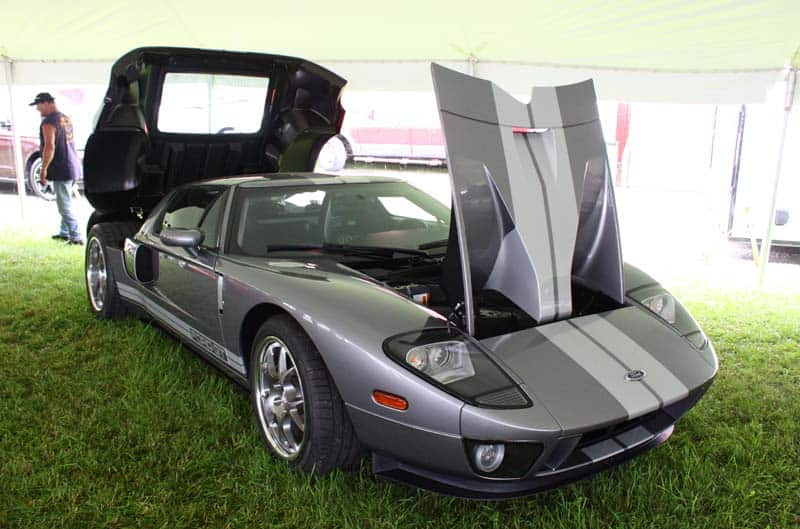
Geneva-based Matech Concepts contr
acted with Ford in 2006-11 to build FIA GT3 and GT1 race cars based on the '05-06 road car; and two Matech racers were among the GT's on display in Building T. With custom dark-grey paint providing the illusion of three-dimensional reptile scales, it's hardly surprising that Michael Lange's Mad-Croc-sponsored '09 GT3 snapped up the Kids Choice Award – upstaging even the 2010 GT1 shown by Carlisle Events co-owner Lance Miller.
In addition to Workhorse 5, Brooks brought a pair of limited-edition GT's. His GT Garage collaborates with Pardo to create the Camilo Pardo Signature Series, each car an individual custom featuring a unique paint scheme. Brooks' own car is white with touches of black and splashes of orange. Parked immediately behind it was Brooks' 2006 Heritage Edition, one of 343 GT's finished by Ford in the blue-and-orange livery of Gulf Oil and J.W. Automotive Engineering. Brooks' car is numbered 9, a tribute to the 1968 Le Mans victory shared by Pedro Rodriguez and Lucien Bianchi.
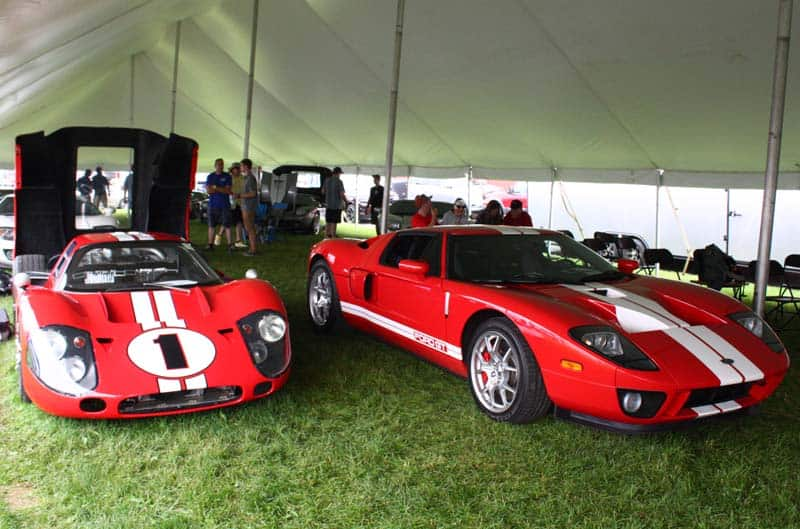
Lance Miller displayed an '06 Heritage Edition with no racing number, while the Pittsburgh Vintage Grand Prix raffled a Superformance replica of the Gulf/JWA Number 6 car of 1969 Le Mans winners Jacky Ickx and Jackie Oliver--with proceeds destined for autism charities. The second-generation, 2017-22 GT also included a Heritage Edition, this time celebrating the Number 98 GT40 driven to victory by Ken Miles and Lloyd Ruby in the 1966 Daytona Continental. The 2021 example shown by William A. Nelson, Jr. is the first of the series. Also notable was John Bailey's '05 “Mellow Yellow,” a scissor-door custom with twin turbochargers and north of 1100 hp.
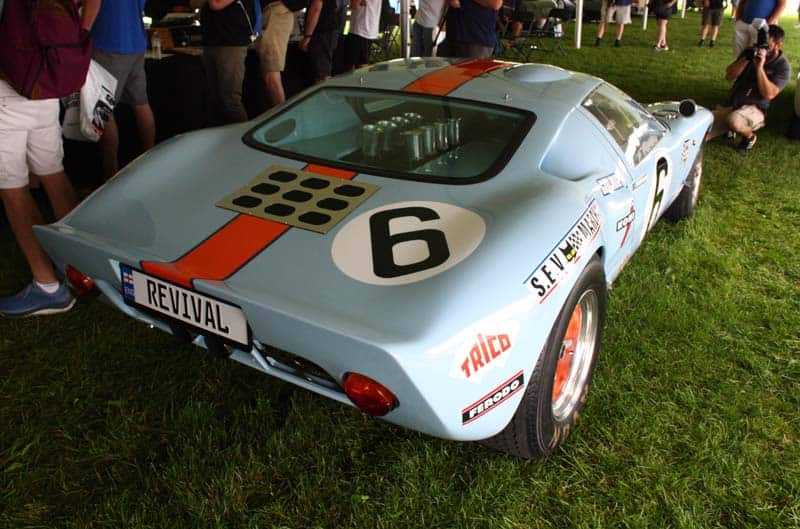
For fans and participants alike, this year’s Carlisle event – like '05-06 Ford GT production run itself – was over too soon.
“We wanted to continue on with a potential Mark II, or even a Mark IV,” said Saleen, “but as we got into the tail end of 2006 and the beginning of 2007, you could tell that the economy was tightening up, and it just was not in the cards to continue . . . That's the way a lot of these specialty programs work. [It's] not necessarily going to be forever. It’s going to be for a short period of time. That makes the car really so desirable.”
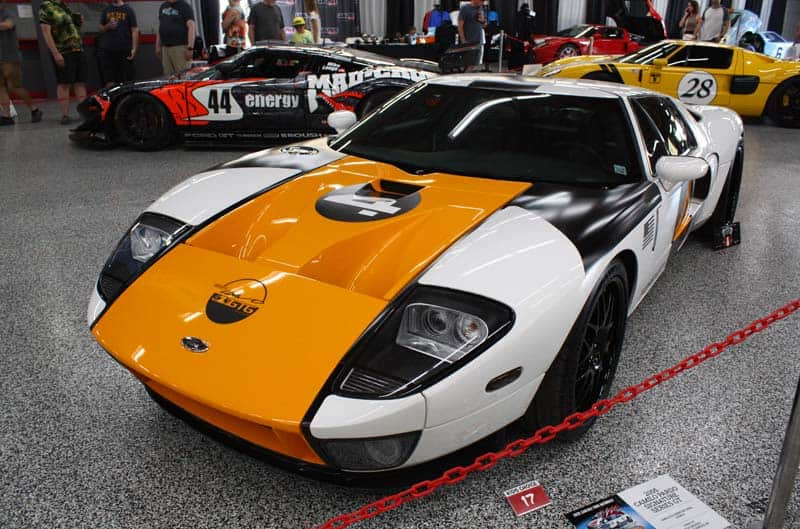
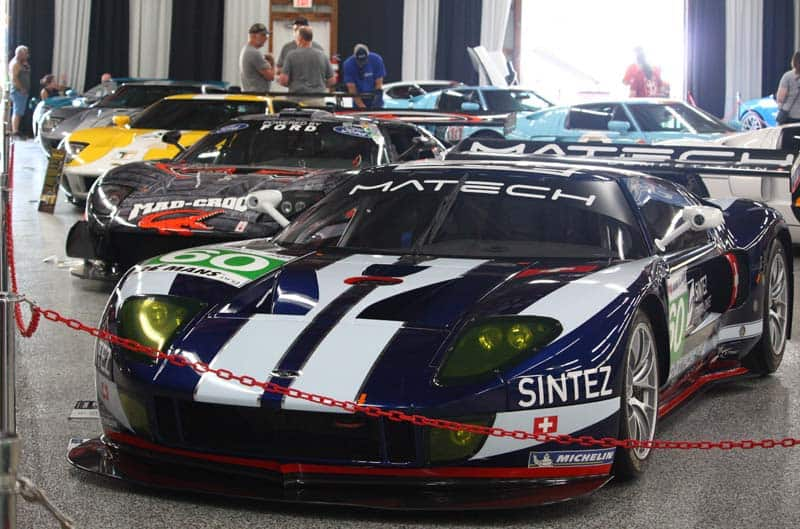
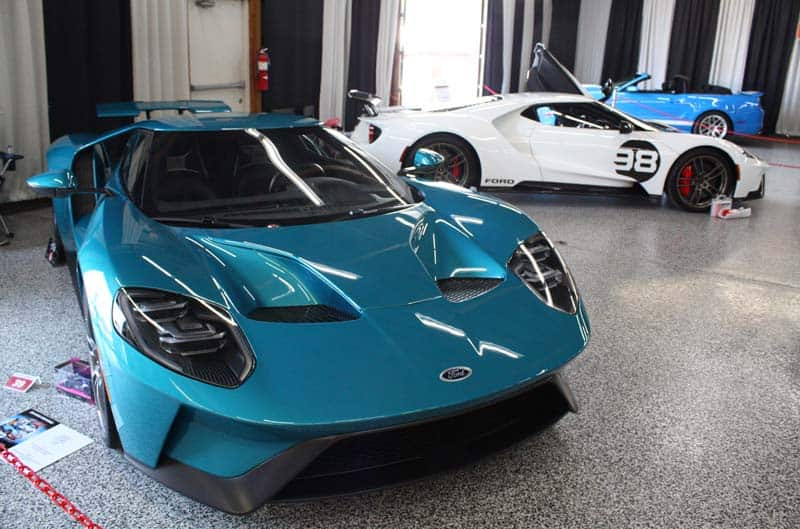
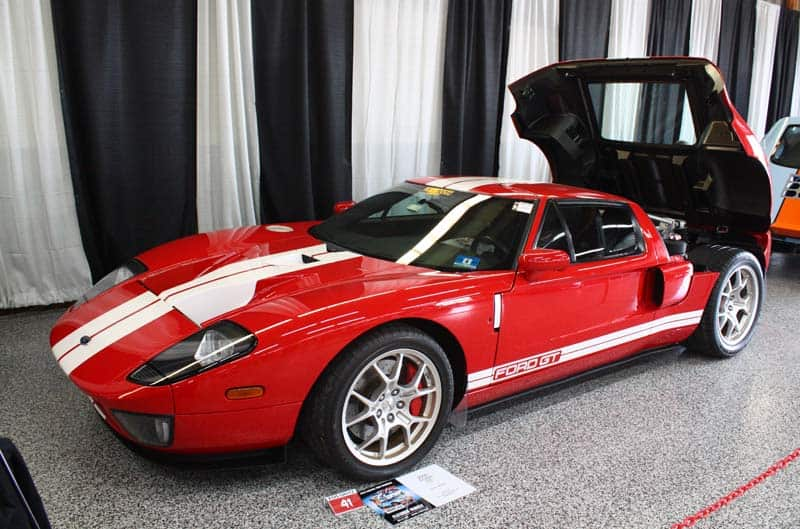
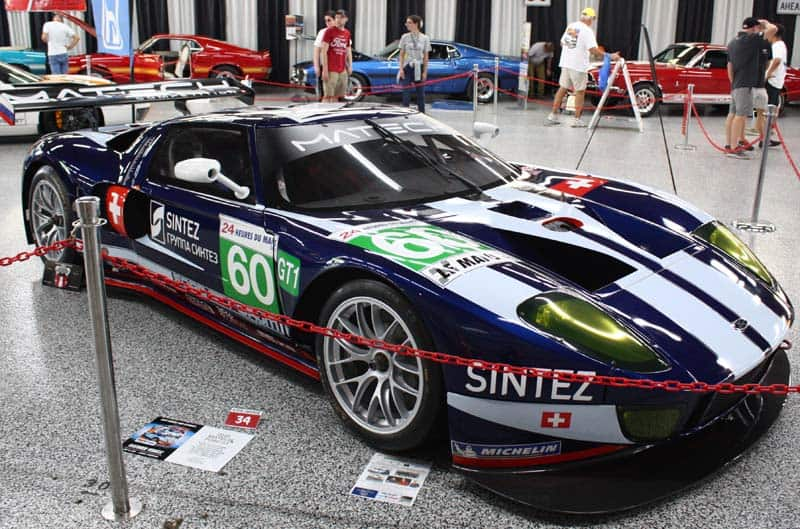
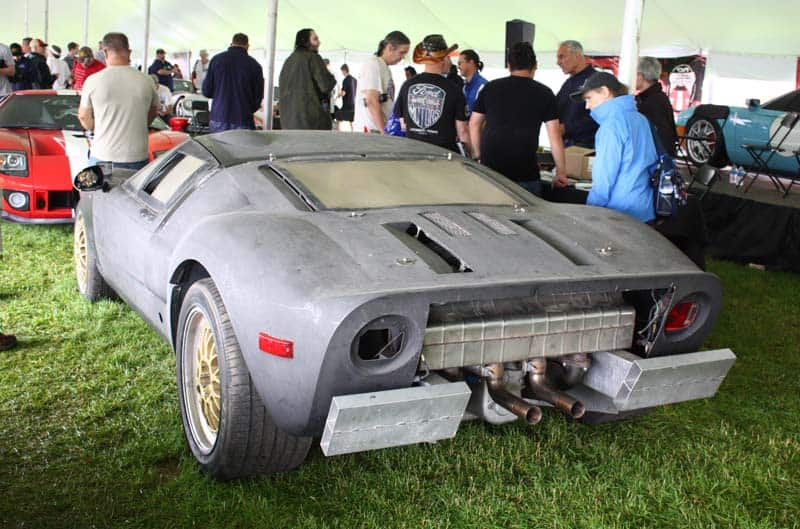
FORD PEFORMANCE PHOTOS / COURTESY JOHN F. KATZ






